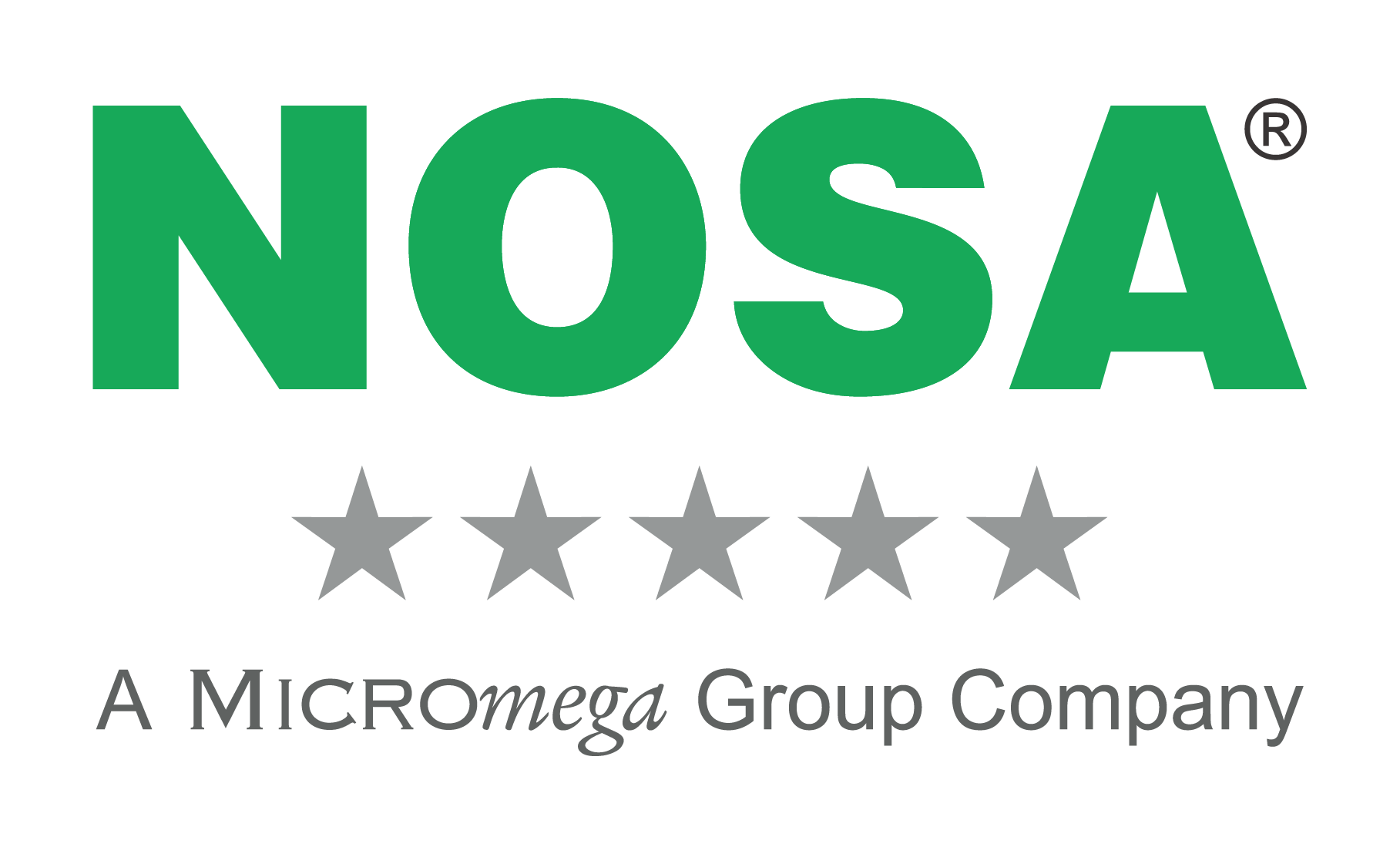
It may be surprising to hear, but the world’s most abundant, richest energy supply isn’t one that needs to be created or discovered, but is in fact conserving what already exists. In terms of your workplace, this means adapting your existing (or prospective) building in such a way that makes it more ‘green’ (i.e. making it more energy efficient to reduce its environmental impact).
So what does it mean for a building to be ‘green’?
This definition will change according to the specialist you speak to. For eco-builders, it means a clean building, using natural materials. They consider that a building must above all adapt to humans, the wellbeing of its occupants paramount. Experts in energy savings recommend enhanced thermal insulation and leading-edge construction techniques. Eco-builders consider a building over its whole lifetime. Not only do they integrate energy savings, they also take into consideration the origin of the materials used and their management (elimination, recuperation) at the end of their life.
Effectively, your building can be green by:
- incorporating sustainable materials in its construction
- creating a healthy interior environment with a minimum of pollutants and functional landscape planning that will require less water.
Realistically, it’s not always possible to completely overhaul a building, particularly if it’s an existing structure. But, you and your colleagues can start small, and slowly build on efforts in any way possible. Here are a few tips to get you started…
34 ‘cheats’ to reduce your building’s environmental impact
- Change to CFLs
- Turn up your thermostat in warm weather; turn it down in cold weather. Heating and cooling are responsible for a large percentage of energy consumption
- Recycle
- Ensure all taps are properly closed, and don’t let them run continually when using them
- Unplug unused electronics
- Plant a tree – it will absorb an enormous amount of carbon dioxide
- Buy local
- Arrange carpools or mass transit options for staff
- Install low-flow sink and faucet aerators
- Ensure your cleaning staff do full loads of washing if you have a dishwasher
- Turn off the lights in rooms not in use (and turn them off at night)
- Air seal your building
- Insulate your walls
- Maintain your air conditioning and heating systems by changing the air filters regularly and keeping the coils clean
- Make use of rugs for cheap insulation
- Use power strips for easy on/off switching
- Enable the ‘sleep mode’ feature on your computer, allowing it to use less power during periods of inactivity
- Where possible, print or photocopy on both sides of the paper – and if possible avoid printing when you can
- Clean your office fridge regularly
- Where possible, encourage cleaning staff to use brooms and not cleaning equipment that requires you to use more water
- Install dehumidifiers – they will remove humidity from the air and create water
- Use low wattage light bulbs
- Get your drivers to combine errands/trips
- Reuse computer paper
- Provide washcloths to use in the bathroom in place of tissues – you will need to wash them regularly to maintain hygiene but this will minimise the waste associated with paper towelling
- Purchase rain barrels and use these to collect large amounts of rainwater that you can reuse
- Ensure staff use proper ceramic mugs and glasses for drinking, rather than providing disposable polystyrene cups
- Use rechargeable batteries
- Use whiteboards for general notes/phone messages/memos instead of note paper
- Purchase reusable coffee filters instead of paper filters
- Allow staff to work from home where possible – this will reduce carbon emissions from their commute (this will require planning and should only be allowed where it is practically possible)
- Recycle your ink jet cartridges
- Upgrade current computers instead of purchasing entirely new ones
- Use mechanical pencils that can be refilled
Sources:
http://www.instructables.com/id/100-Ways-to-Reduce-Your-Impact/
http://www.legrand.com/EN/green-building-description_12850.html





